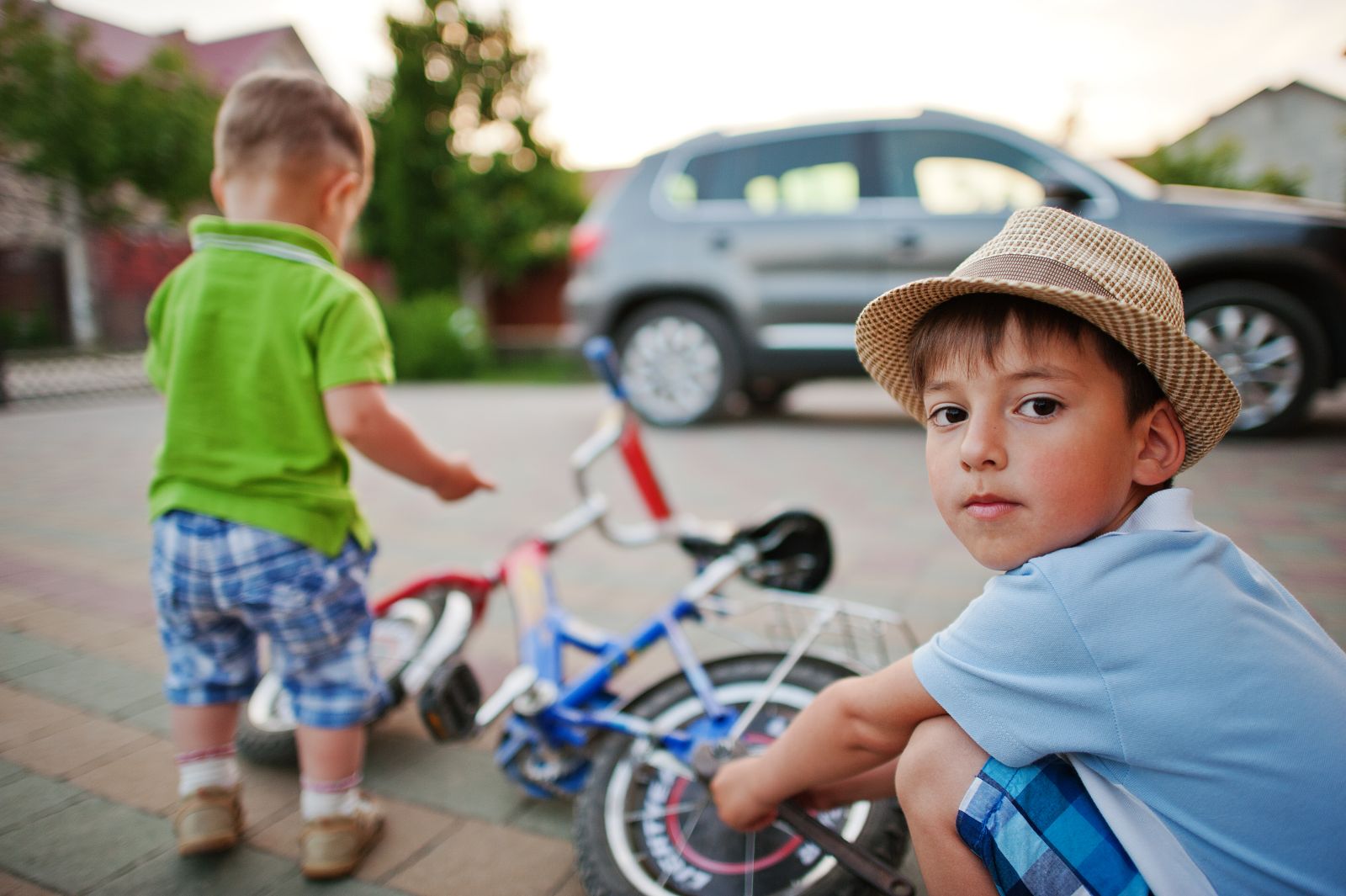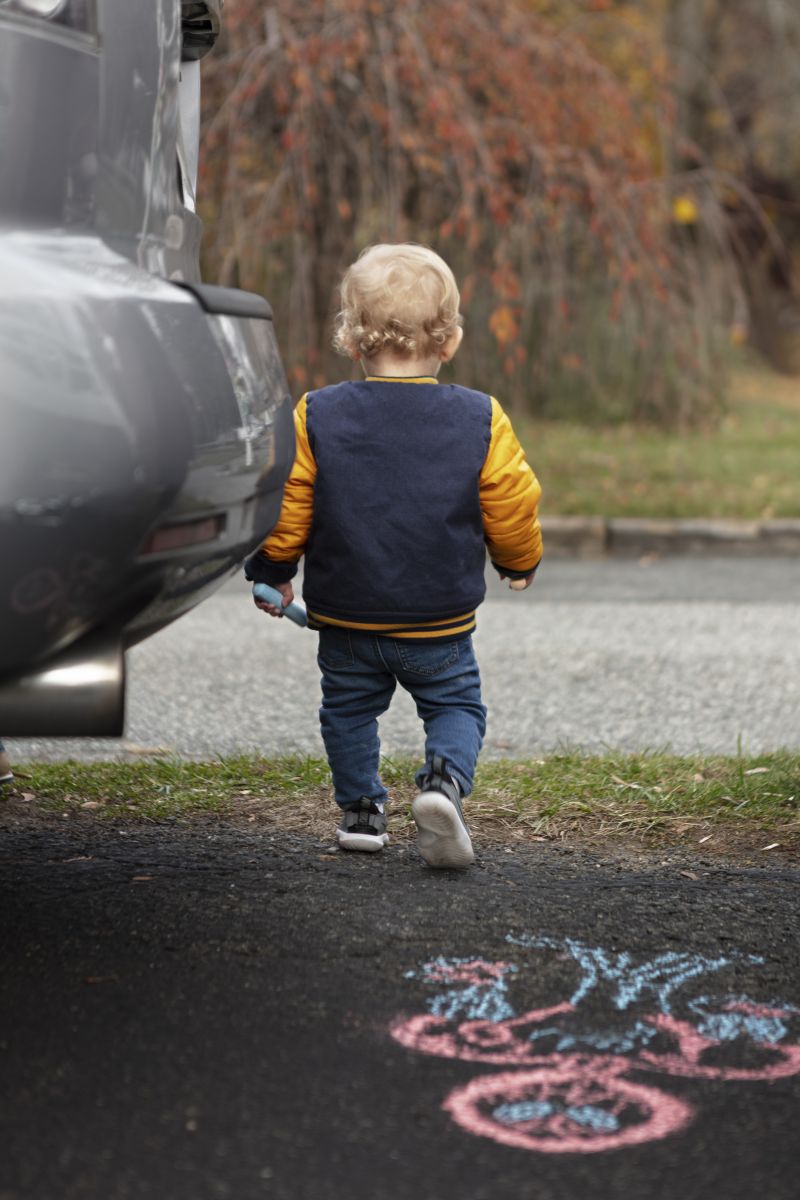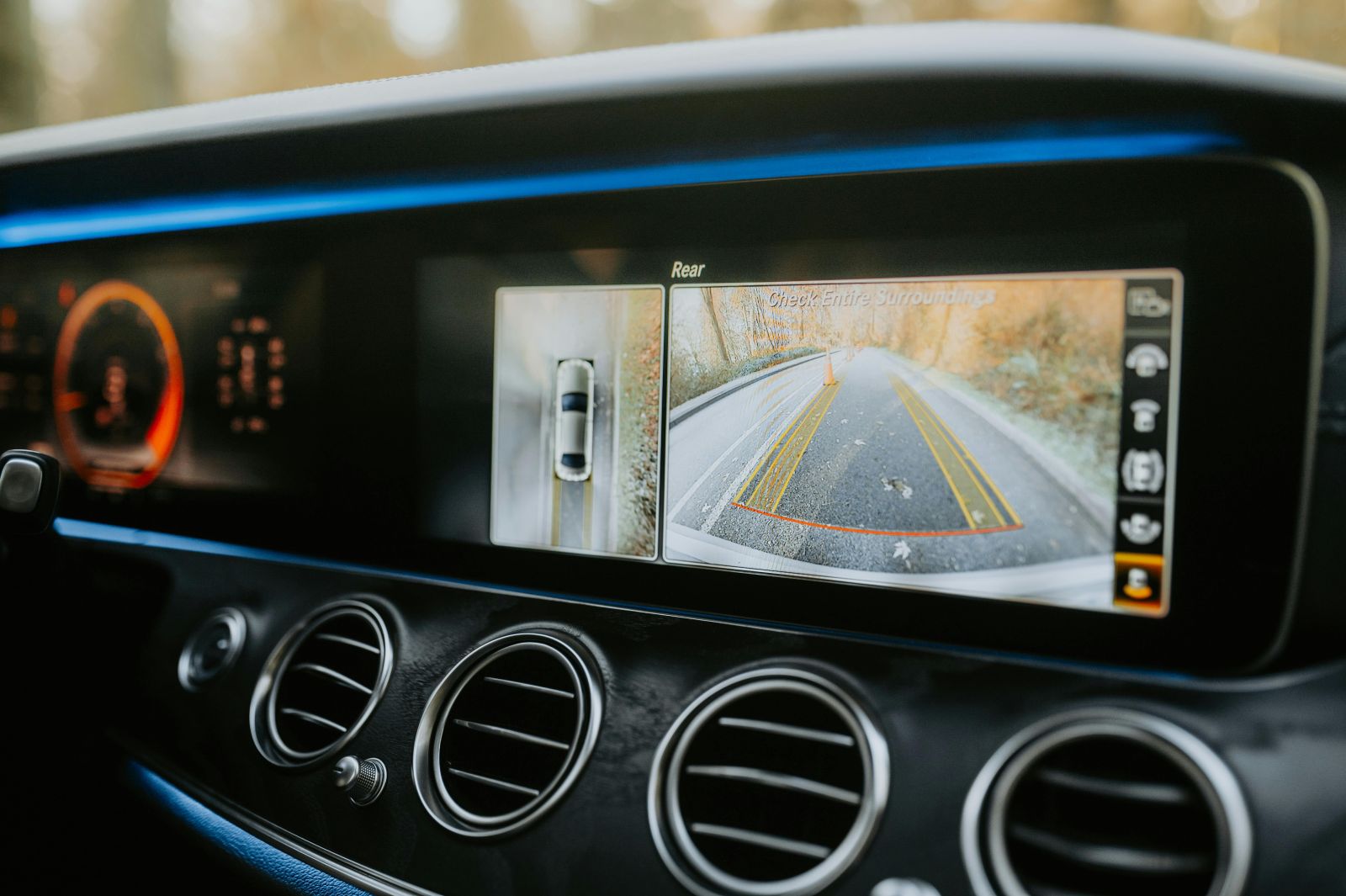Every year in Australia, dozens of children are seriously injured, and some tragically lose their lives, due to accidents involving vehicles in driveways. While modern technology continues to enhance vehicle safety, blind spots still pose a hidden but deadly risk—especially to young children. Understanding how a reverse camera can mitigate these risks is a crucial step toward safer homes and neighbourhoods.

The Silent Danger in Our Driveways
According to Kidsafe NSW Executive Officer Christine Erskine, “Children don’t know that a garage and driveway can be dangerous.” This lack of awareness is compounded by a child’s limited ability to judge risk. Erskine explains, “Young children in particular do not have the experience or brain capacity to determine risks involving vehicles.”
A reversing camera can act as a second pair of eyes for drivers, providing a live video feed of what’s behind the vehicle. This real-time view helps cover areas that mirrors and traditional head-turning cannot, especially the lower, ground-level spots where small children often go unnoticed. Despite these tools, drivers still need to maintain caution, especially in areas where children may be present.

Tragic Numbers That Can't Be Ignored
The statistics are sobering. More than five children are killed and 47 are seriously injured every year on Australian driveways, according to national data. In most of these cases, the driver is someone the child knows—a parent, grandparent, or family friend. The common thread? The driver was unaware the child was nearby.
This type of backing out of the driveway accident can happen in an instant. Many of these incidents are not due to carelessness but the physical limitations of what drivers can actually see. Standard mirrors and even some parking sensors don’t account for small objects—or small children—directly behind the vehicle. Situational awareness, combined with better visual technology, is key.
Why Blind Spots Are Worse Than You Think
Blind spots aren't just a design flaw; they’re an unavoidable consequence of vehicle structure. Melanie Courtney, CEO of Kidsafe Victoria, underscores the severity: “All vehicles have a large blind spot—some extending back as far as 15 metres—which can make it difficult for the driver to see a child.” She adds, “Children under 5 years of age are most at risk—they are unpredictable, surprisingly quick and may follow you to the driveway to see what you are doing or say goodbye.”

This is where auto reverse camera systems become critical. They offer drivers a clearer, often wider-angle view of what’s behind them. When used correctly, these systems can help detect movement before it's too late. Unlike sensors that may only emit a beep, cameras provide immediate visual feedback, enabling a faster and more informed response.
What to Look for in Reverse Camera Kits
Choosing the right technology is just as important as using it. Reverse camera kits vary in features, with some offering night vision, wide-angle lenses, and high-definition displays. These elements improve the chances of detecting a child in time, especially in low-light conditions or during early morning school runs.
It’s essential that the system offers real-time video with minimal lag. Delayed feedback, poor image quality, or limited field of view can reduce the effectiveness of the system. Ideally, the screen should be positioned where the driver can glance at it easily, without taking eyes off the main path of movement.
.jpg)
Making Reverse Cameras Standard for Families
Although many newer vehicles now come with factory-installed systems, it’s still vital for owners of older cars to consider upgrading. A high-quality reverse camera for cars can be an invaluable investment in household safety. These systems are not just about avoiding dents or parking better—they are about preventing life-altering tragedies.
Parents, carers, and even neighbours should be educated on driveway safety protocols. Always check surroundings before reversing, especially in homes where young children live or visit frequently. Reverse cameras should be used as a safety aid, not a replacement for vigilance.
The Case for Aftermarket Reverse Cameras
Driveway incidents are a tragic reminder of how quickly everyday routines can turn into emergencies. While no single tool can guarantee safety, integrating technology like the Elinz reversing camera significantly enhances a driver’s ability to spot hazards, especially those as small and fast-moving as a child.
With increased awareness, smarter vehicle choices, and reliable safety equipment, we can take meaningful steps to reduce the number of preventable injuries and deaths in our communities. Because every child deserves a safe place to play—and every driveway should be designed with that safety in mind.
Did you enjoy reading this article?
Stay updated on our latest deals and promos by following our social media accounts.
Find this article helpful? Don't forget to click on the share buttons below.




.jpg)